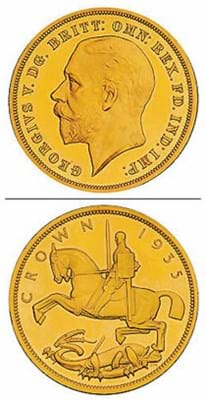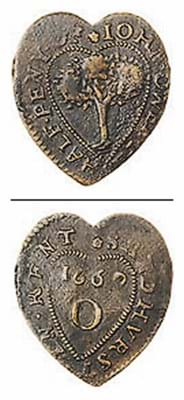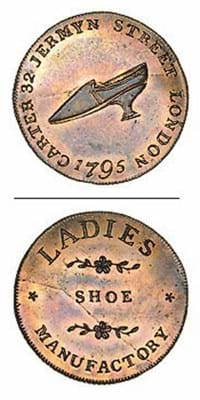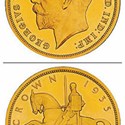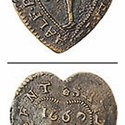This sale was instructive on the Victoria Cross front.
The last few years have seen the market dominated by one individual who now owns several - rightly we are not privy to just how many. In the words of the moderately old song: The more you pay, the more it's worth. The point is that this collector - widely known to be the former Conservative Party Treasurer, Lord Ashcroft - has until recently outbid the competition who are usually institutions or the regiment of the recipient. This makes for an unstable market. (I refer only to the VC market; the rest of the orders, decorations and medals market is very buoyant.)
However, the dominant buyer only secured one of the three Victoria Cross groups which DNW sold during the last year. This indicates that the minutely specialised VC market is now more firmly based and should have a positive knock-on effect on the rest of this section of the numismatic market.
As for this recent sale, there was one VC group from the Crimea War. Chelsea Military Antiques paid £130,000 for it on behalf of a client. However, this was not the only excitement of the sale by a long chalk.
The 142 lots of the Brian Ritchie collection of ODM relating to the East India Company took over an hour to disperse (quick even by coin sale standards), amid frenzied bidding, to realise a total of £674,455. This brings the two parts of this collection sold so far to £1.43m.
It brought many fine medals of this type back to the market which in turn makes for a firm market future.
DNW's valuable market statistics enable us to make a calm assessment of the current position. They had 81 vendors of 1025 lots, who sold to 270 buyers and in this sale they spent £1.17m.
Do not always be impressed by the high prices. Three quarters of the lots realised under the arbitrary £1000 and two lots made just a tenner. So, despite the sensation, in these sales there is something for every pocket.
Turning to DNW's March 16 coin sale, there many lots of wide interest. The main theme of this occasion was 17th and 18th century tokens. These were unofficial issues to supplant the legal currency when the government failed in its obligations. There were low denominations issued by local tradesmen with their names and locations. Conse-quently these issues are invaluable to the local historian.
There is only space here to report one from each century, so let visual appeal be our guide. The village of Sandhurst, later to find fame as the military academy, issued a token in an unusual heart shape. Estimated at £250-300, which is a lot for a 17th century token, it realised £260.
Turning to the small change crisis of a century later, I commend to the attention of the fetishist the 18th century copper token of the Jermyn Street (No. 32 if you must know) Ladies Shoe Manufactory. With two others in the lot, it was estimated at £90-120. It went for a libidinous £130. I imagine that this is about today's going rate.
Lest you think there were no hard-to-afford prices, please note a George V 1935 crown, one of only 25 struck in gold and issued by ballot. This one had remained with its original owner since being issued. Estimated at £10,000-15,000, it fell to an English private collector for £16,000. George V referred to it disparagingly as the Rocking Horse Crown.
There were 90 vendors of 1805 lots whose property was dispersed to 250 buyers for a total of £365,435.
by Richard Falkiner
Why the VC market is now more assured...
THERE have already been two major sales at Dix Noonan Webb (DNW) (15% buyer’s premium) this year. The first concerned war medals and took place on March 2.

